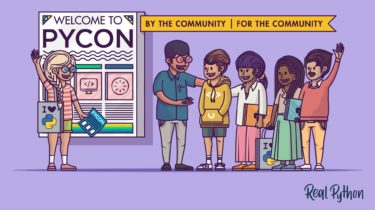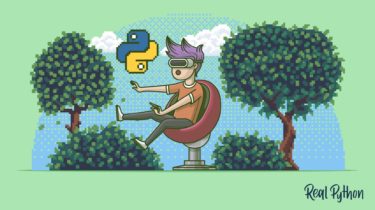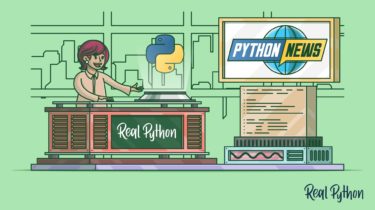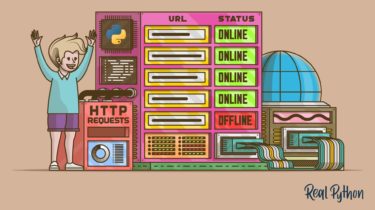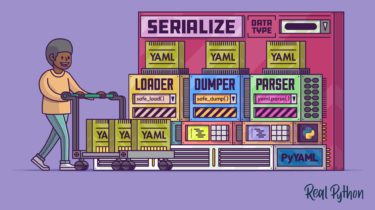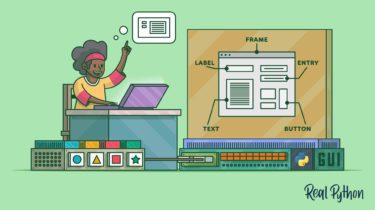How to Get the Most Out of PyCon US
Congratulations! You’re going to PyCon US! Whether this is your first time or not, going to a conference full of people who love the same thing as you is always a fun experience. There’s so much more to PyCon than just a bunch of people talking about the Python language, and that can be intimidating for first-time attendees. This guide will help you navigate all there is to see and do at PyCon. PyCon US is the biggest conference centered […]
Read more